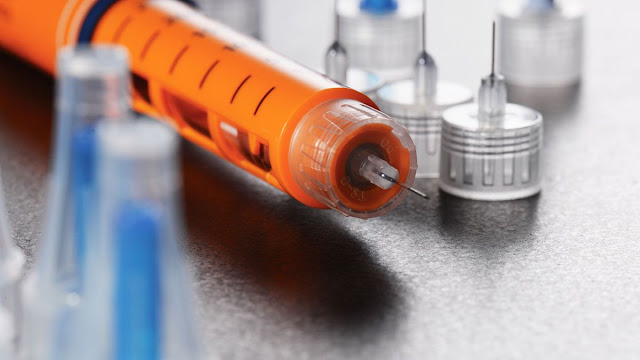The Growing Role of Tissue Plasminogen Activator Market in Stroke Treatment: Market Insights
 |
Tissue Plasminogen Activator Market |
The Tissue Plasminogen Activator Market is
witnessing significant growth owing to the increasing incidence of stroke,
advancements in healthcare infrastructure, and rising awareness about the
benefits of early stroke intervention. Stroke is a leading cause of death and
disability worldwide, necessitating urgent and effective treatment options.
Among the various treatment strategies available, tissue plasminogen activator
(tPA) has emerged as a crucial therapeutic agent in managing acute ischemic
strokes.
Tissue Plasminogen Activator Market is a naturally
occurring enzyme that plays a vital role in the fibrinolytic process, breaking
down blood clots in the blood vessels. The administration of tPA within a few
hours after the onset of a stroke can significantly improve patient outcomes
and reduce the risk of long-term disabilities. As healthcare providers
recognize the importance of early stroke management, the demand for tPA is
surging.
Moreover, ongoing
research and clinical trials are continuously uncovering the potential of
tissue plasminogen activator in treating other conditions, further propelling Tissue Plasminogen Activator Market
growth. Studies exploring tPA's application in acute myocardial infarction,
pulmonary embolism, and deep vein thrombosis are generating promising results,
expanding the scope of this remarkable therapeutic agent. Market insights
suggest that the tissue plasminogen activator market is experiencing robust
growth across various geographical regions.
The Asia-Pacific
region, in particular, is witnessing rapid expansion due to an increase in the
aging population, growing healthcare investments, and rising stroke incidence. Coherent
Market Insights says that the global Tissue Plasminogen Activator Market is
estimated to be valued at US$ 2,455.4 million in 2022 and is expected to
exhibit a CAGR of 5.2% over the forecast period (2020-2027). Additionally,
favorable government initiatives to improve stroke care and enhance access to
tPA are bolstering market penetration. However, despite the market's growth potential,
several challenges need to be addressed.
One major obstacle
is the narrow therapeutic window for Tissue
Plasminogen Activator Market administration in acute ischemic strokes,
typically within 4.5 hours from symptom onset. This limitation restricts
treatment eligibility for many patients, making the need for faster response
systems and better stroke awareness paramount. Furthermore, the high cost of
tPA treatment remains a concern for patients and healthcare providers,
especially in developing countries. Overcoming these barriers will require
collaborative efforts from governments, healthcare organizations, and
pharmaceutical companies to ensure affordability and accessibility of this
life-saving treatment.
The Tissue Plasminogen Activator Market is
witnessing significant growth in stroke treatment due to its proven efficacy
and potential in managing acute ischemic strokes. As the prevalence of stroke
continues to rise, and healthcare infrastructure improves, the demand for tPA
is likely to soar. However, addressing challenges such as the narrow treatment
window and high treatment costs will be crucial to maximize the impact of tPA
in stroke care and further enhance patient outcomes.



Comments
Post a Comment